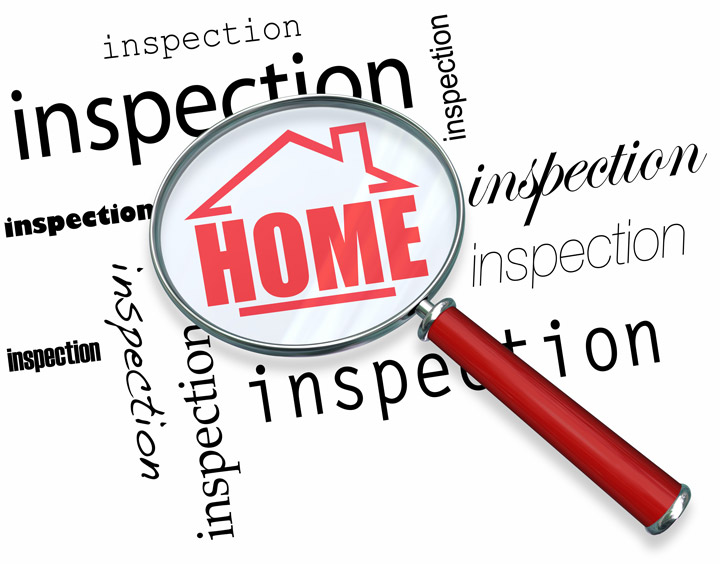
Home Appraisals: A PrimerA home purchase can be the most significant investment many might ever make. It doesn't matter if where you raise your family, a seasonal vacation home or one of many rentals, the purchase of real property is an involved transaction that requires multiple parties to pull it all off. You're probably familiar with the parties having a role in the transaction. The most recognizable entity in the exchange is the real estate agent. Then, the bank provides the financial capital necessary to fund the exchange. And ensuring all areas of the transaction are completed and that a clear title passes from the seller to the purchaser is the title company. So, what party makes sure the value of the real estate is consistent with the purchase price? In comes the appraiser. We provide an unbiased opinion of what a buyer might expect to pay — or a seller receive — for a parcel of real estate, where both buyer and seller are informed parties. A licensed, certified, professional appraiser from M&M Appraisals LLC will ensure, you as an interested party, are informed. The inspection is where an appraisal beginsTo ascertain the true status of the property, it's our duty to first conduct a thorough inspection. We must actually view features, such as the number of bedrooms and bathrooms, the location, living areas, etc, to ensure they truly are present and are in the condition a reasonable person would expect them to be. To make sure the stated size of the property has not been misrepresented and convey the layout of the property, the inspection often requires creating a sketch of the floorplan. Most importantly, the appraiser looks for any obvious amenities - or defects - that would have an impact on the value of the house. Once the site has been inspected, an appraiser uses two or three approaches to determining the value of real property: a paired sales analysis, a replacement cost calculation, and an income approach when rental properties are prevalent. 
Cost ApproachThis is where we pull information on local building costs, the cost of labor and other elements to figure out how much it would cost to replace the property being appraised. This value usually sets the upper limit on what a property would sell for. It's also the least used method. 
Sales ComparisonAppraisers get to know the communities in which they work. They thoroughly understand the value of certain features to the people of that area. Then, the appraiser researches recent sales in the area and finds properties which are 'comparable' to the property at hand. Using knowledge of the value of certain items such as remodeled rooms, types of flooring, energy efficient items, patios and porches, or extra storage space, we adjust the comparable properties so that they more accurately portray the features of subject property.
A true estimate of what the subject could sell for can only be determined once all differences between the comps and the subject have been evaluated. When it comes to knowing the true worth of features of homes in Newburyport and Essex, M&M Appraisals LLC is second to none. This approach to value is most often awarded the most consideration when an appraisal is for a home sale. Valuation Using the Income ApproachIn the case of income producing properties - rental houses for example - the appraiser may use a third approach to value. In this situation, the amount of revenue the property produces is factored in with income produced by comparable properties to derive the current value. The Bottom LineAnalyzing the data from all approaches, the appraiser is then ready to state an estimated market value for the property in question. The estimate of value on the appraisal report is not always the final sales price even though it is likely the best indication of what a property is worth. It's not uncommon for prices to be driven up or down by extenuating circumstances like the motivation or urgency of a seller or 'bidding wars'. But the appraised value is often used as a guideline for lenders who don't want to loan a buyer more money than the property is actually worth. It all comes down to this, an appraiser from M&M Appraisals LLC will guarantee you attain the most accurate property value, so you can make profitable real estate decisions. |